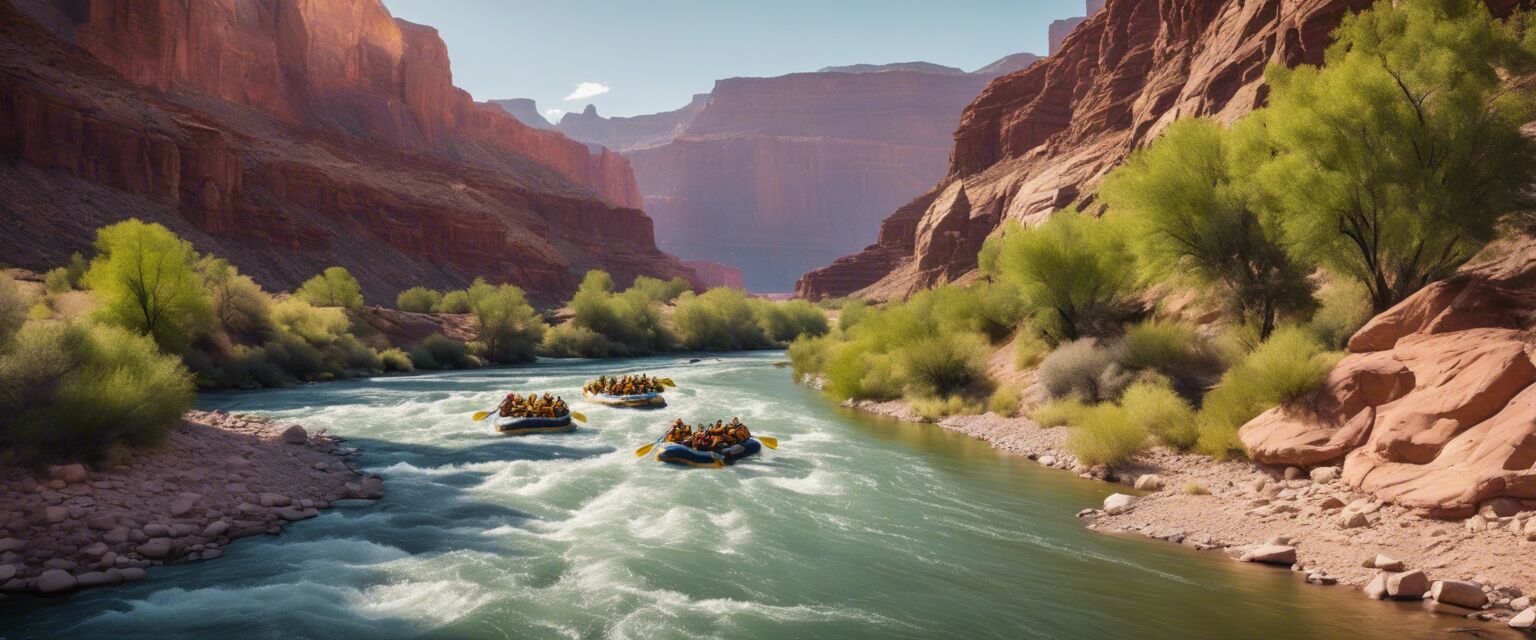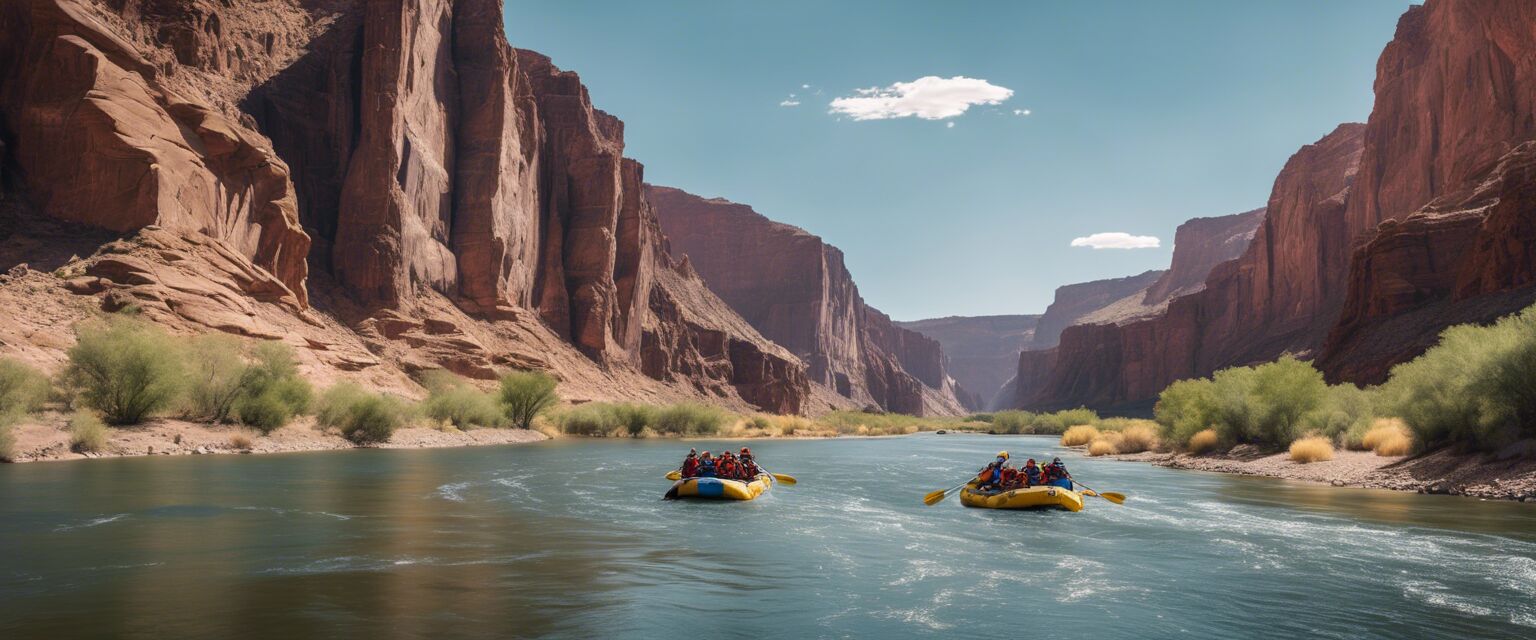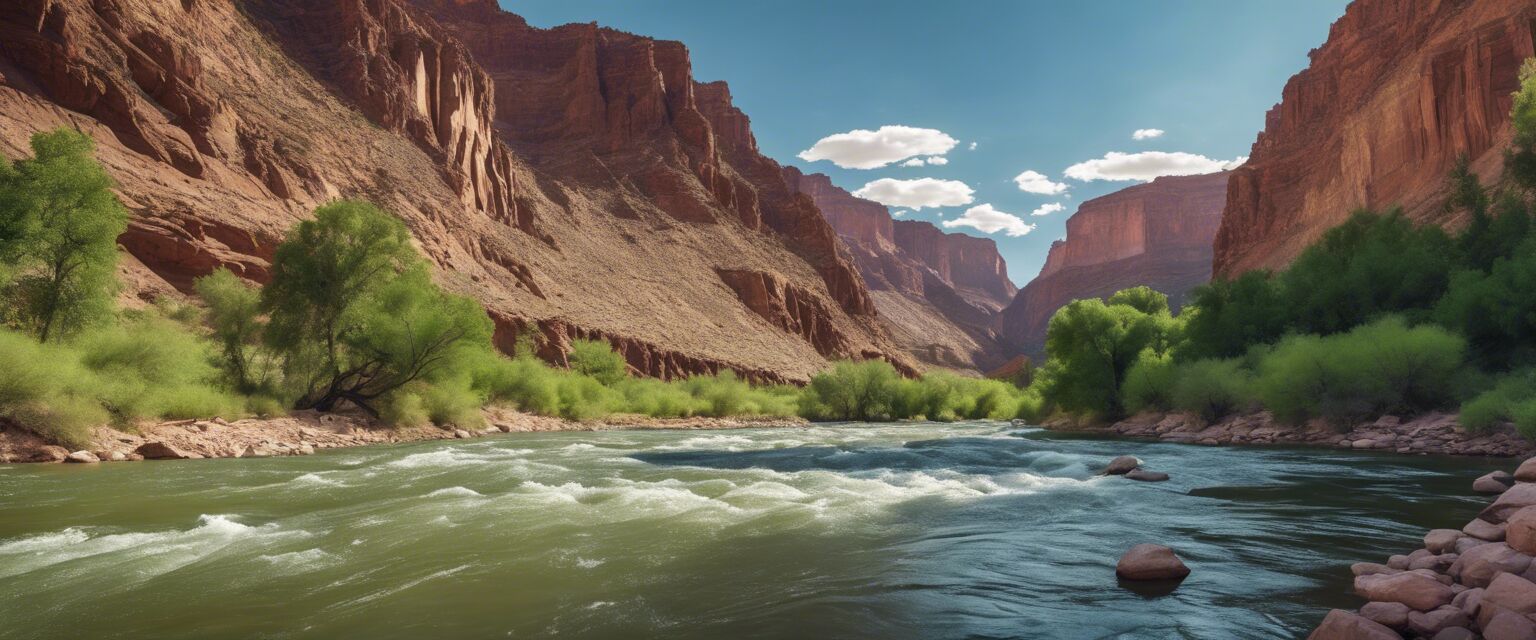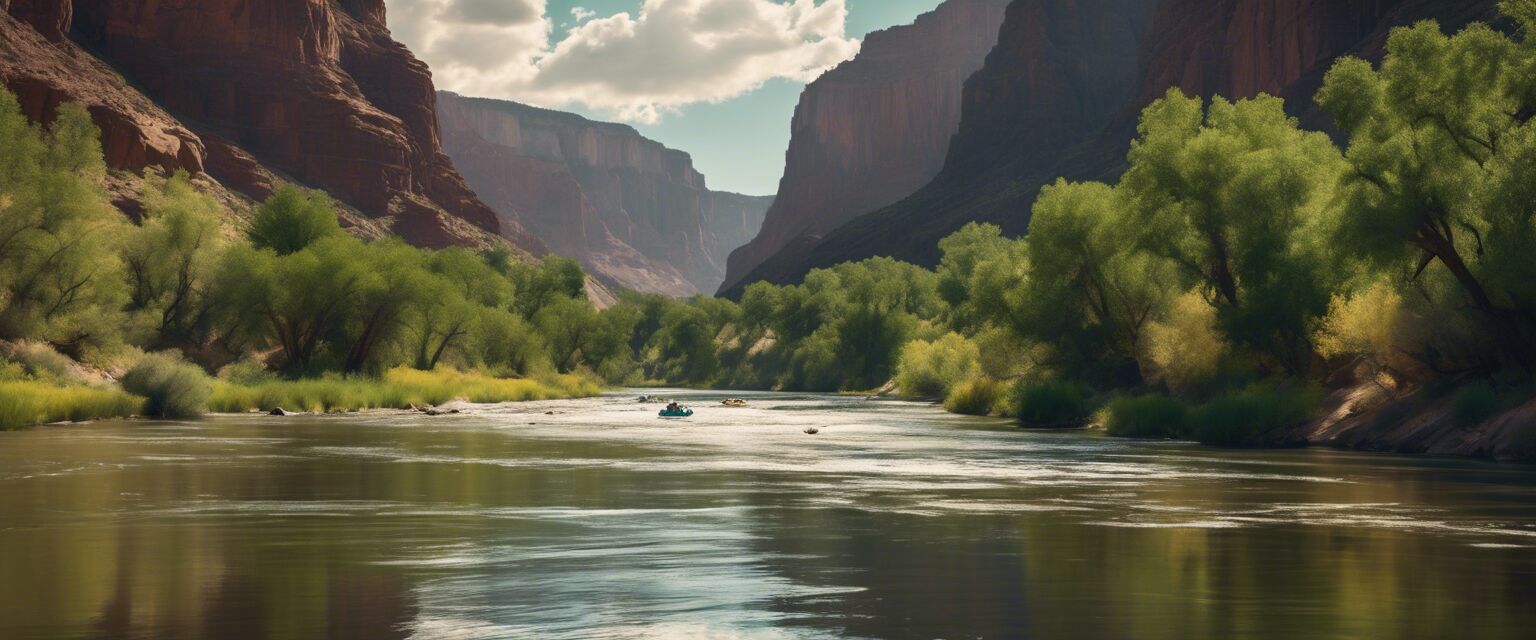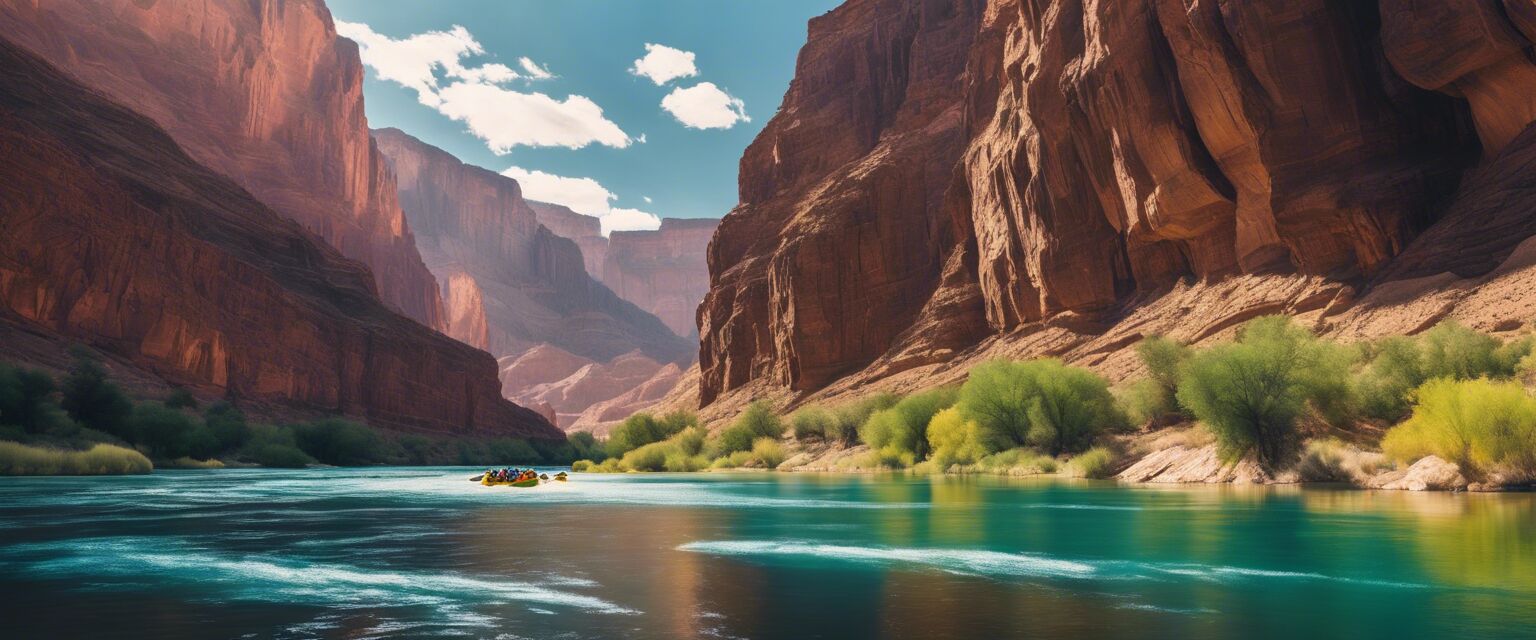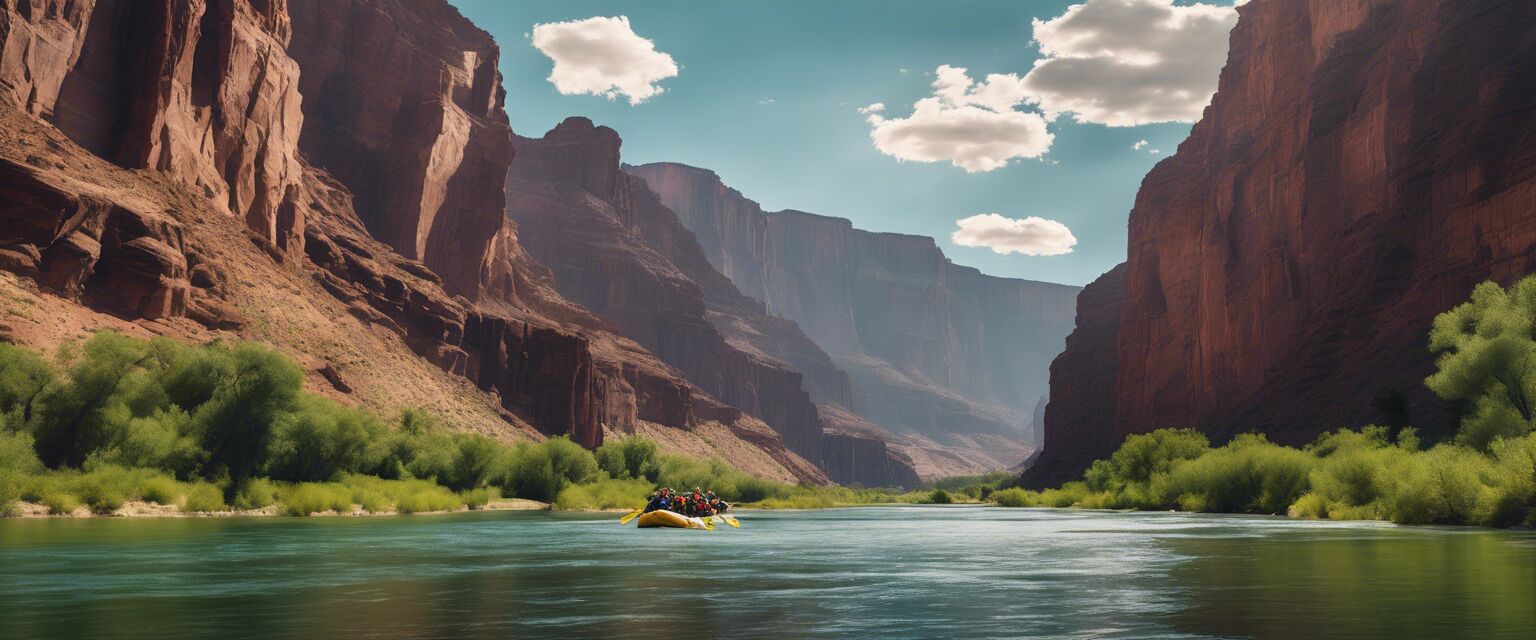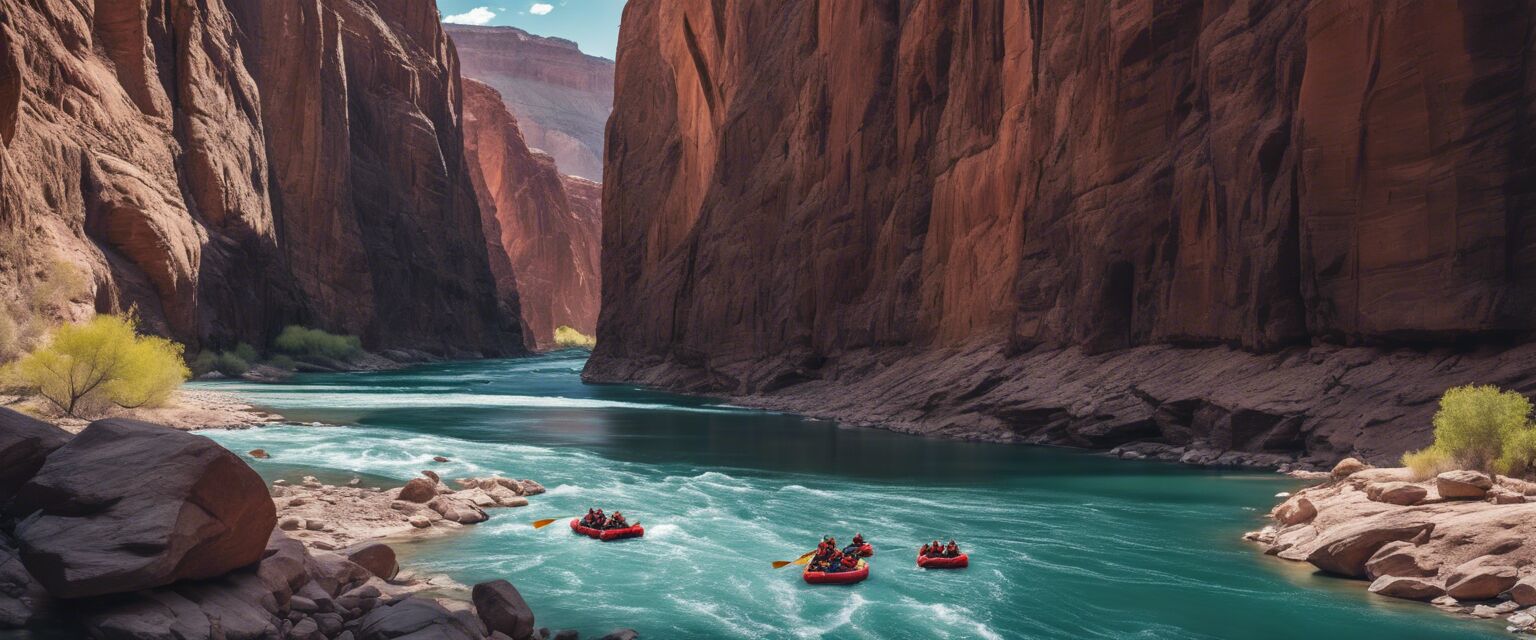
Popular Rapids and Their Challenges
Welcome to our comprehensive guide on the most popular rapids along the Colorado River and the unique challenges they present for adventurers. Whether you're a seasoned rafter or a beginner looking to tackle the rapids, understanding the terrain is crucial for a safe and enjoyable experience.
Key Takeaways
- The Colorado River is renowned for its thrilling rapids, each with distinct challenges.
- Understanding the difficulty levels of different rapids is essential for safety.
- Proper gear and preparation can enhance your river rafting experience.
- Consideration of weather conditions is vital when planning your rafting trip.
Overview of the Colorado River Rapids
The Colorado River, flowing through the stunning landscapes of Colorado, offers some of the best rafting experiences in the United States. The river features a range of rapids, categorized by difficulty, which can cater to all skill levels. Below, we explore popular rapids and the challenges they present.
| Rapid Name | Difficulty Level | Description | Challenges |
|---|---|---|---|
| Class I - Flat Water | Easy | Calm waters with minimal obstacles. | None; ideal for beginners. |
| Class II - Small Waves | Moderate | Small waves and some maneuvering required. | Occasional rocks and branches. |
| Class III - Moderate Rapids | Challenging | Numerous waves and powerful currents. | Requires good paddling and teamwork. |
| Class IV - Intense Rapids | Difficult | Steep drops and large waves. | High risk of flipping; experience needed. |
| Class V - Extreme Rapids | Very Difficult | Dangerous waves and strong currents. | Requires advanced skills; high risk. |
Popular Rapids Along the Colorado River
Let’s take a closer look at some of the most popular rapids along the Colorado River and the specific challenges they present.
1. Pine Creek Rapid
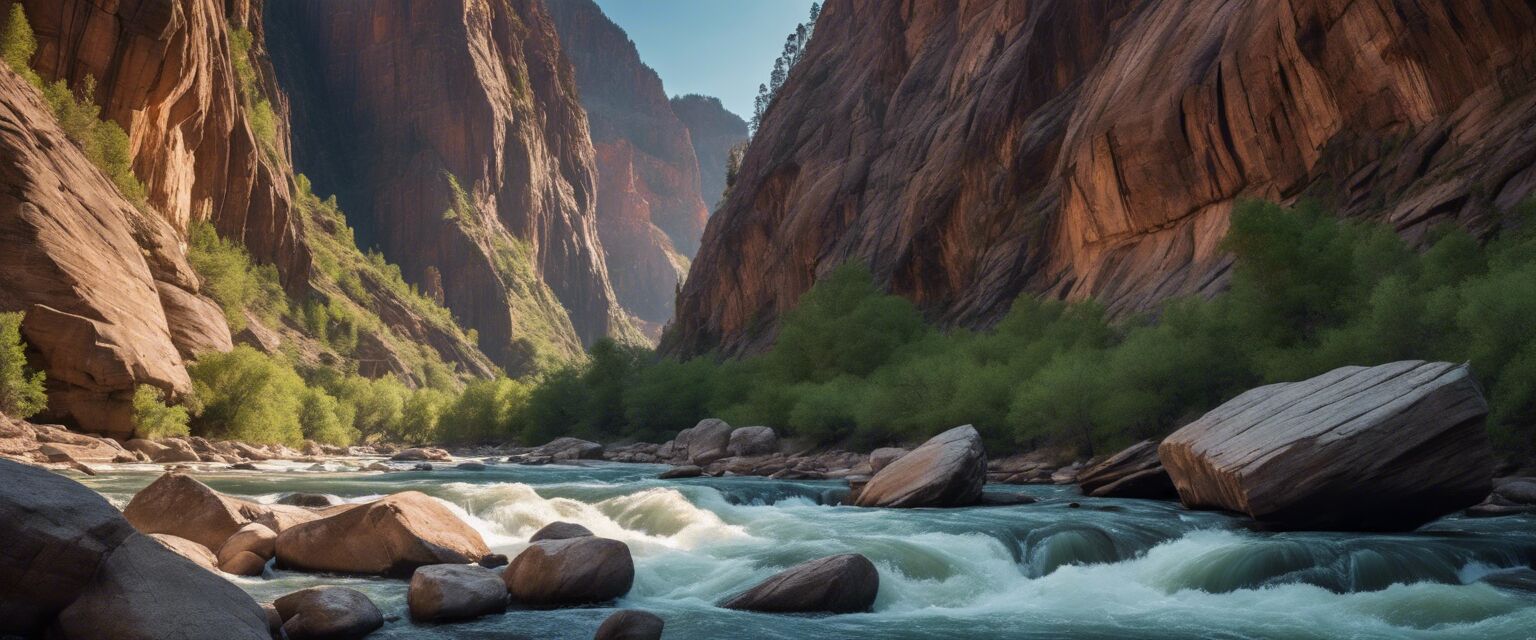
Pine Creek Rapid is known for its challenging nature and is a favorite among experienced rafters. The rapid features steep drops and powerful hydraulic features that can catch even seasoned paddlers off guard.
2. Fisherman’s Rapid
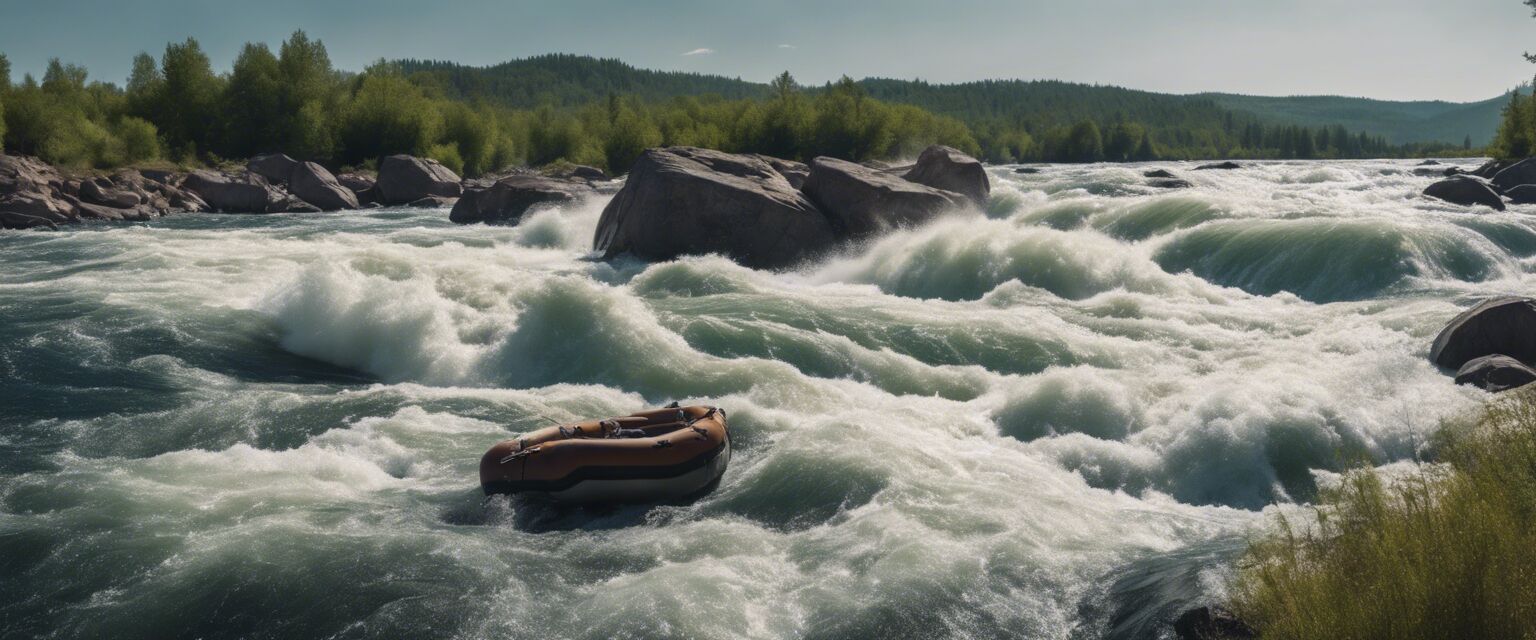
This rapid presents a series of waves that can be tricky to navigate. The challenge here lies in the need for precise timing and teamwork to steer through the waves effectively.
3. Lava Falls
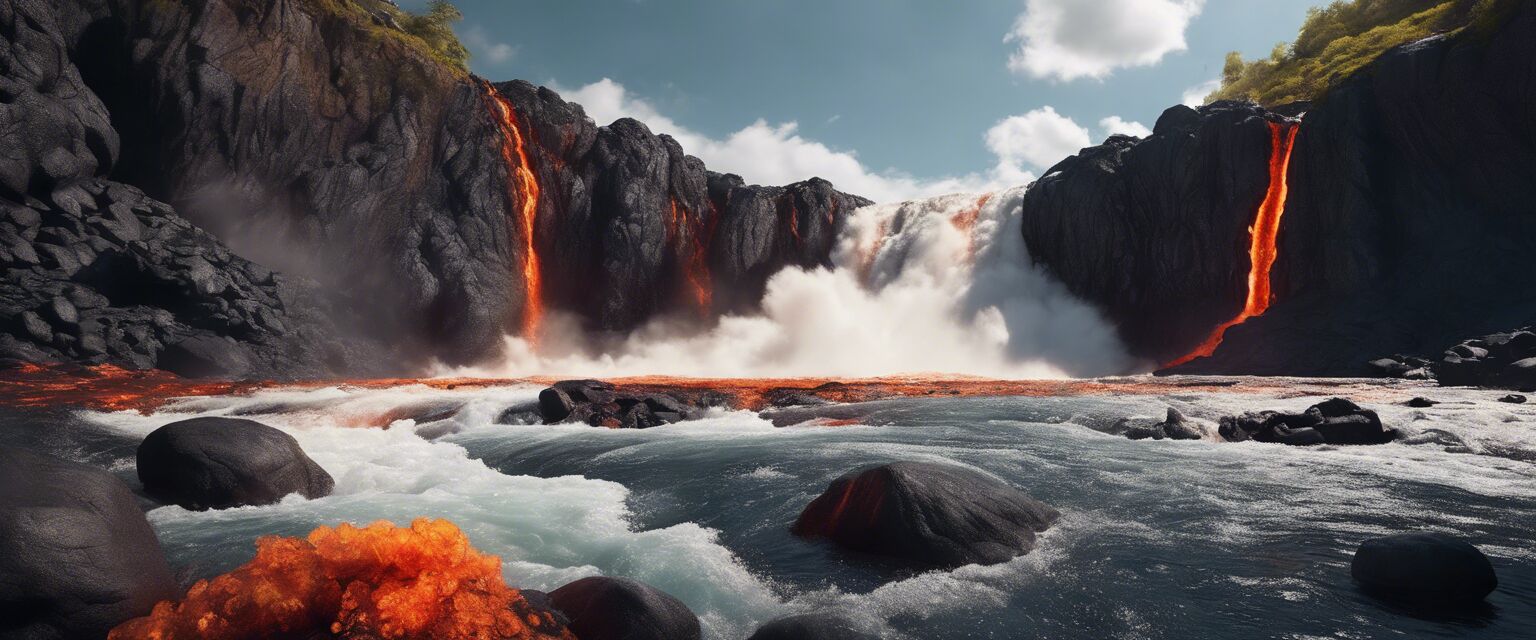
Lava Falls is one of the most famous and feared rapids on the Colorado River. It’s a Class V rapid that features large, tumultuous waves and rocky obstacles, making it suitable only for expert rafters.
4. Hermit Rapid
Hermit Rapid is another challenging spot, known for its intense waves and strong currents. Rafters must be prepared for sudden changes in water flow and the potential for flipping.
Safety Equipment for Rafting
Ensuring safety while navigating the rapids is paramount. Here’s a list of essential safety equipment you should consider for your trip:
- Life jackets (PFDs)
- Helmets
- First aid kits
- Whistles
- Throw bags
Preparation Tips
Tips for Beginners
- Start with easier rapids to build confidence.
- Learn basic paddling techniques before hitting the water.
- Always go with an experienced guide if you're new to rafting.
- Check weather conditions and river levels before your trip.
- Communicate clearly with your team during the journey.
Conclusion
Rafting on the Colorado River is an exhilarating experience, offering a range of rapids that cater to all skill levels. By understanding the challenges presented by each rapid and preparing adequately, you can ensure a safe and enjoyable adventure on the water. For more information on gear and accessories, visit our pages on rafting gear, safety equipment, and outdoor apparel. Happy rafting!
Pros
- Thrilling experience for adventure seekers.
- Stunning natural scenery along the river.
- Diverse options for different skill levels.
- Great opportunity for team bonding.
Cons
- Can be dangerous without proper preparation.
- Weather conditions can affect safety.
- Requires physical fitness and stamina.
- Equipment can be expensive to rent or buy.
